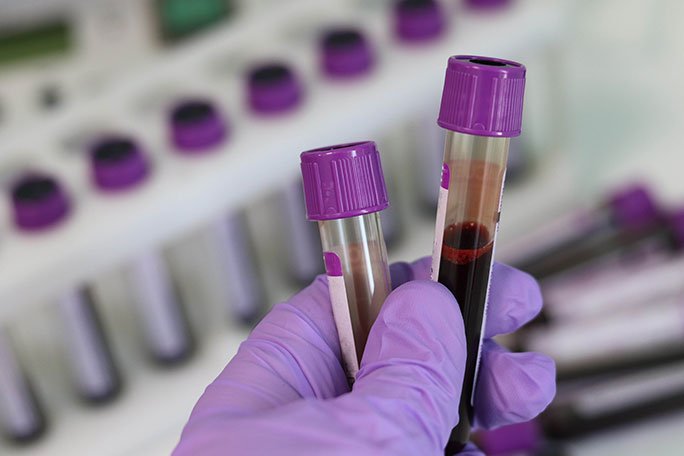Revolutionizing Blood Sample Storage: Trends in Automated Systems, RFID Technology, and Cold Storage Technology
Summary
- Hospitals are adopting automated inventory management systems to streamline the storage of blood samples and improve efficiency.
- There is a growing trend towards using RFID technology for tracking and monitoring blood sample storage to ensure accuracy and traceability.
- Advancements in cold storage technology are revolutionizing blood sample storage, with the use of cryogenic freezers and liquid nitrogen for long-term preservation.
Introduction
In the healthcare industry, the management of hospital supplies and equipment is crucial for providing quality patient care. Among the various medical supplies that hospitals must manage, blood samples play a crucial role in diagnosing and treating patients. With the advancement of technology, there are emerging trends in blood sample storage that are revolutionizing the way hospitals handle and store these samples.
Automated Inventory Management Systems
One of the emerging trends in blood sample storage is the adoption of automated inventory management systems. These systems utilize advanced software to track and manage blood samples in real-time, from the moment they are collected to their final storage location. By implementing automated inventory management systems, hospitals can streamline their processes, reduce human error, and ensure the proper storage of blood samples.
Benefits of Automated Inventory Management Systems
- Improved efficiency in tracking and managing blood samples
- Reduction in human error and manual data entry
- Enhanced traceability and accuracy in sample storage
- Optimization of inventory levels and reordering processes
RFID Technology for Tracking and Monitoring
Another emerging trend in blood sample storage is the use of Radio-Frequency Identification (RFID) technology. RFID tags are attached to blood sample vials, allowing for the tracking and monitoring of samples throughout the storage process. Hospitals can use RFID technology to easily locate specific samples, monitor storage conditions, and ensure the integrity of the samples.
Advantages of RFID Technology
- Real-time tracking and monitoring of blood samples
- Increased visibility and traceability in sample storage
- Improved accuracy and efficiency in sample retrieval
- Enhanced security and protection of samples
Advancements in Cold Storage Technology
Cold storage is a critical aspect of blood sample storage, as it helps preserve the integrity of the samples for testing and analysis. In recent years, there have been significant advancements in cold storage technology that are enhancing the way hospitals store blood samples. Cryogenic freezers and liquid nitrogen are being used for long-term preservation of blood samples, ensuring their viability for future use.
Benefits of Advanced Cold Storage Technology
- Prolonged preservation of blood samples at ultra-low temperatures
- Prevention of sample degradation and contamination
- Enhanced longevity and viability of stored samples
- Improved efficiency in sample retrieval and handling
Conclusion
As the healthcare industry continues to evolve, the storage of blood samples in hospitals is also undergoing significant changes. The adoption of automated inventory management systems, RFID technology, and advanced cold storage technology is revolutionizing the way hospitals store and manage blood samples. These emerging trends are not only improving efficiency and accuracy but also ensuring the integrity and viability of stored samples for better patient care.

Disclaimer: The content provided on this blog is for informational purposes only, reflecting the personal opinions and insights of the author(s) on the topics. The information provided should not be used for diagnosing or treating a health problem or disease, and those seeking personal medical advice should consult with a licensed physician. Always seek the advice of your doctor or other qualified health provider regarding a medical condition. Never disregard professional medical advice or delay in seeking it because of something you have read on this website. If you think you may have a medical emergency, call 911 or go to the nearest emergency room immediately. No physician-patient relationship is created by this web site or its use. No contributors to this web site make any representations, express or implied, with respect to the information provided herein or to its use. While we strive to share accurate and up-to-date information, we cannot guarantee the completeness, reliability, or accuracy of the content. The blog may also include links to external websites and resources for the convenience of our readers. Please note that linking to other sites does not imply endorsement of their content, practices, or services by us. Readers should use their discretion and judgment while exploring any external links and resources mentioned on this blog.
